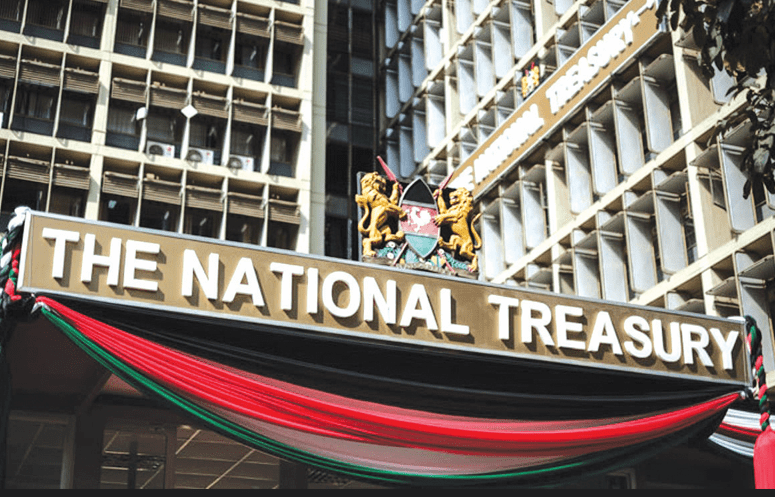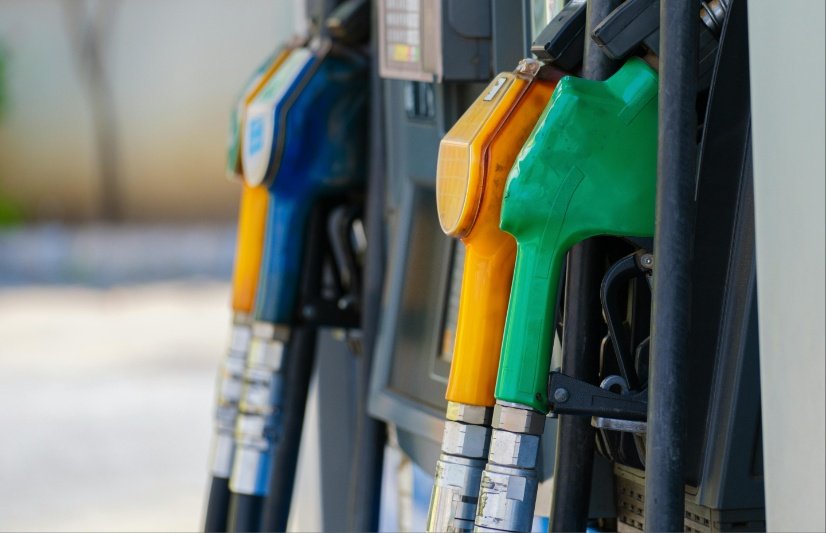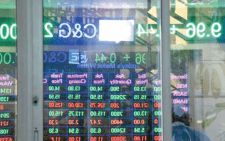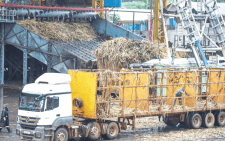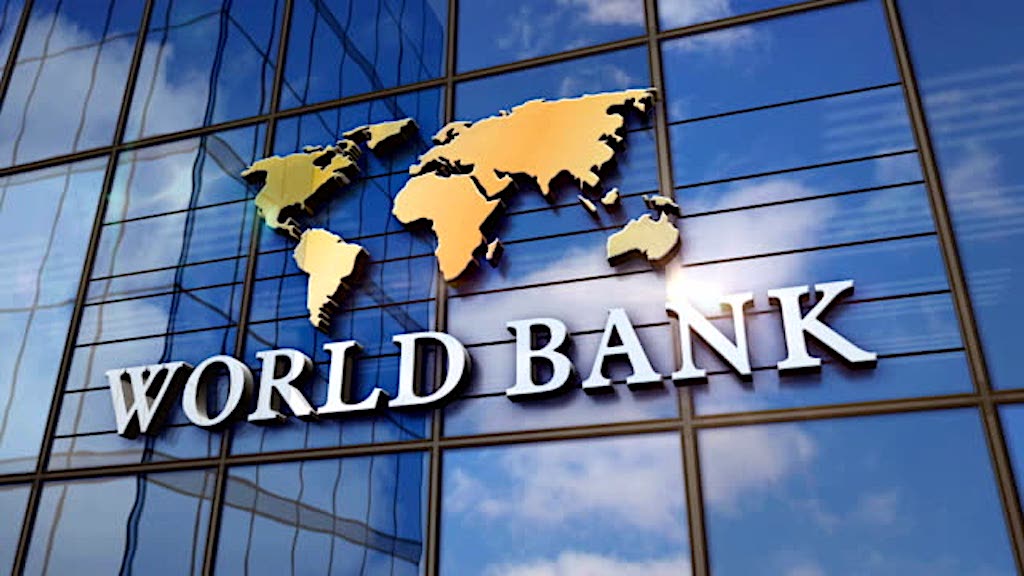Mixed reactions as regulator anchor interest rates at 7.5pc

Even as the Central Bank of Kenya (CBK) digs in to control inflation, Kenyans should brace for the higher cost of borrowing money and possible job losses in the medium term, experts have said.
The regulator, through its monetary policy committee (MPC), adjusted the base lending rate by 50 basis points to 7.50 per cent, citing risks to the inflation outlook and supply chain disruptions.
With commercial banks expected to follow suit by adjusting their lending rates, Ken Gichinga, the chief economist at Mentoria Economics observes that since this move will make credit more expensive, it is expected to cool down demand and lead to lower inflation. However, he says, this will be at the expense of job creation.
“When aggregate demand cools down, businesses will have to downsize, leading to high unemployment,” Gichinga said while explaining that lenders are likely to raise market interest rates on loans driven by the profit motive.
International Finance Corporation
The International Finance Corporation says banks lending rates had increased to an average of 12.17 per cent in February, from 12.12 per cent in January 2022.
Raising the benchmark rate, MPC termed the global economic outlook as uncertain, with the Russia-Ukraine conflict exerting inflationary pressures on commodities like fuel, fertilizer, edible oil and wheat, most of which Kenya is a net importer.
The committee said the new base lending rate was informed by the global supply chain which called for tightening of the monetary policy.
“Elevated risks to the inflation outlook due to increased global commodity prices and supply chain disruptions and concluded that there was scope for a tightening of the monetary policy in order to further anchor inflation expectations,” said the regulator.
Asked about the prospects of MPC lowering the base rate soon, Gichinga called it an exogenous matter, which was also dependent on the outcome of the US Federal Reserve Bank.
“As long as rates in the US continue rising, we should expect higher interest in Kenya in the foreseeable future,” he said. Last month, the Feds announced they would raise interest rates by 0.50 per cent, shifting the target range to 0.75 per cent to 1 per cent to combat inflation.
Churchill Ogutu, an economist with the IC Group told Business Hub that the ‘uptick in inflation has a cost-push flavour’ and that no amount of policy tightening can address that, a position Gichinga agreed with, but noted that policy tightening slows down credit flow leading to a slower business environment.
Cost-push inflation
“It is true that monetary policy tools work best to contain demand-pull inflation more than cost-push which is currently the case in Kenya” said Gichinga.
Cost-push inflation is caused by a surge in prices of inputs like raw material and salaries which lead to a drop in supply of goods. On the other hand, demand-pull inflation spike prices after a shortage in supply, a condition experts describe as “too many dollars chasing too few goods.”
Kenya National Bureau of Statistics (KNBS) data for May indicated that inflation had increased to 7.1 per cent from 6.47 per cent in April, the highest in two years and 0.4 points shy of the inflation rate recommended by CBK. The last time the rates were this high was in March 2020 when the cost of living soared by 7.15 per cent.
Cost of basic commodities
KNBS attributed the inflation level to an increase in the cost of basic commodities of cooking fat, salad and fresh packeted milk which increased by 6.1 per cent, 5.3 and 3.7 per cent respectively, putting economic pressure on households amidst stagnant income lasting two year.
Food items account for one third of household expenditure and have soared by 12.15 per cent year on year.
The housing, water and electricity as well as the gas index also increased by 0.6 per cent between April and May, with Kerosene rising by 4.8 per cent to average Sh119 per litre, diesel and petroleum averaged Sh131 and Sh150 per litre respectively.
